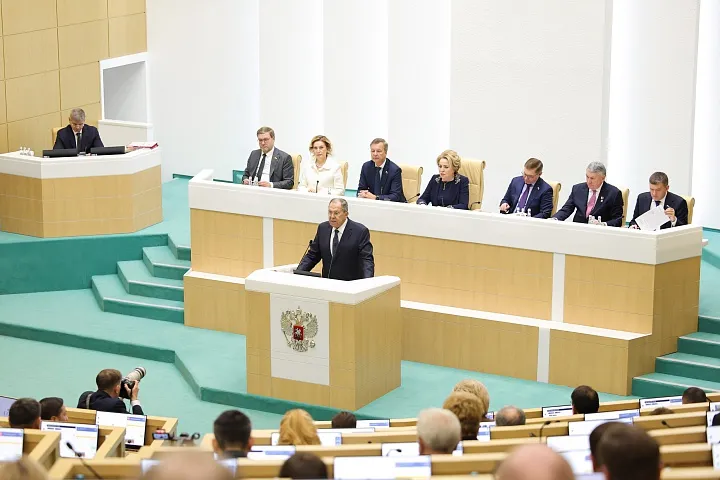A June 23 RT column by its Moscow-based editor Henry C. Johnston, an experienced finance correspondent, took up the issue of the widespread Internet reports in mid-June that a “50-year U.S.-Saudi contract had been allowed to expire on June 8,” meaning “the death of the petrodollar.” Johnston judges that the “contract,” which allegedly bound Saudi Arabia to sell oil only for U.S. dollars in exchange for the U.S. providing for its strategic security and stability, was always an informal one and did not “expire” recently or otherwise. However, he identifies the cause of this rumor—which appeared more from Indian figures and websites than anywhere else—as fundamental “erosion” of the petrodollar system because of new arrangements among BRICS nations, primarily nations other than Saudi Arabia.
Johnston reminds that the first proposal for a “neutral reserve asset,” based on productive power and commodities, to reform or replace the dollar system of U.S. dominance, was a March 2009 paper by the People’s Bank of China (PBOC) Governor Zhou Xiaochuan, titled “Reform the International Monetary System.” Now since the U.S. Treasury’s monster sanctions on Russia of Feb. 24, 2022, the China-Russia-India-Southeast Asia reorientation of oil trade has created a “petro-yuan,” he says, not in buying oil from Saudi Arabia, but from Russia—and even India has made some purchases in yuan, among much larger ones in rupee and U.A.E. dirham. Saudi Arabia and China have had a large-scale currency swap since November 2023, opening the door for Saudi Arabia to take part in these arrangements—whether it actually has done so or not. And thus, says Johnston, the rumors about the Saudi-U.S. contract “expiring” may have simply been encouragement to expand the yuan trade in oil products in exchange for China’s high-technology capital goods.
Johnston does not discuss the June 12, 2024 secondary sanctions by the U.S. Treasury against Chinese and other nations’ banks and corporations taking part in trade with Russia. That intensified “embargo” attempt led to the yuan-ruble currency exchange rate becoming Russia’s benchmark for all other currencies, including the dollar. Since then, there has been continuous pressure—no doubt originating with the U.S. Treasury—to drive the yuan below its months-long stable value of 12 rubles. But that “peg” has been maintained by Moscow and Beijing.




